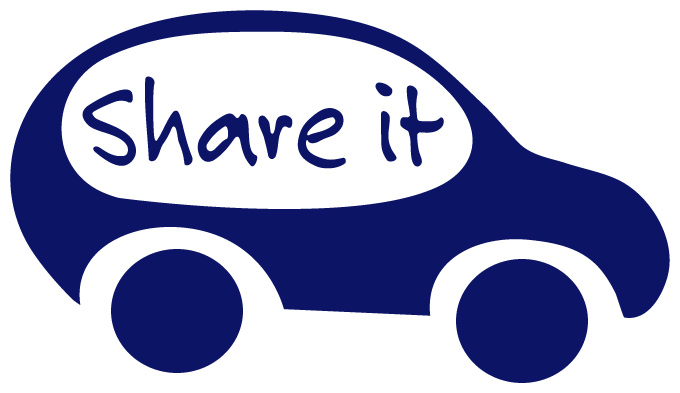Dear fellow students (and others),
The subject of the week we were assigned to was Platform Mediated Networks. In our video, professor Robo, John and Susan helped explaining this concept in a specific industry we had chosen.
First, we introduced and explained Platform Mediated Networks. Generally speaking, a Platform Mediated Network is comprised of users whose transactions are subject to direct and indirect network effects, along with one or more intermediaries that facilitate users’ transactions. These network effects imply that the more active members a network has, the more value it creates for everybody in the network. We decided to look into this regarding the private transportation industry and we can differentiate between two kinds of vehicle sharing: car sharing and ride sharing. Car sharing means that a car owner lends out his car to somebody who requests it. Ride sharing means that somebody traveling to a certain place, is taking other people along that need to go in the same direction.
After this, we collaborated the main commonalities and differences between the two types of vehicles sharing. To do so, we took two innovative companies to illustrate each type: SnappCar (car sharing) and BlaBlaCar (ride sharing). The main commonalities are that both companies are two-sided platform mediated networks with a mixed structure. They share the same goal of make traveling less expensive, more efficient and less polluting to the environment. Furthermore, the business models of both companies are a mix between an open (everybody can rent (out) a car) and a closed (platform is solely provided by the companies) platform. Therefore, the two can be called proprietary platforms. The value by both companies is increased by two consumer groups (owners and renters). The bigger the groups, the higher the value of the platform. With regard to their revenue model, both companies get their revenue from taking a cut of 15% of the rental price. While at BlaBlaCar the renter only pays a set price for a ride, at SnappCar there are various costs for things such as fuel and insurances.
The main difference between the two business models can be found in the specific market they target. While BlaBlaCar targets customers who simply need transportation from A to B, SnappCar targets customers who are more specific about the means of transportation. This means that while BlaBlaCar is mainly competing with public transportation means like trains and buses, SnappCar is rather in competition with conventional car rental companies.
At last, we gave our prediction for the future. People tend to share their private cars with others, because they, just as the other users, don’t need a car, but a way of getting from A to B. Hence, more and more people may start using car sharing platforms. In addition, for reasons of practicability, efficiency and environmental concerns, access to a car will trump private possession of a car, resulting in less people owning a car. Businesses in the car and ride sharing industry will have to be prepared to adjust to this change. Even though this development will continue to boost growth in the industry in the short term, it will eventually result in less cars available on the supply side of car sharing platforms. Therefore, the private vehicle sharing industry might be only bridging the time between a world with lots of privately owned cars and a world in which privately owned cars have ceased to exist.
That summarizes our completion of the assignment. We hope that with this summary we gave you a better view of Platform Mediated Networks and vehicles sharing, SnappCar and BlaBlaCar.
Kind regards,
Johannes, Bernhard, Lisette & Guy

